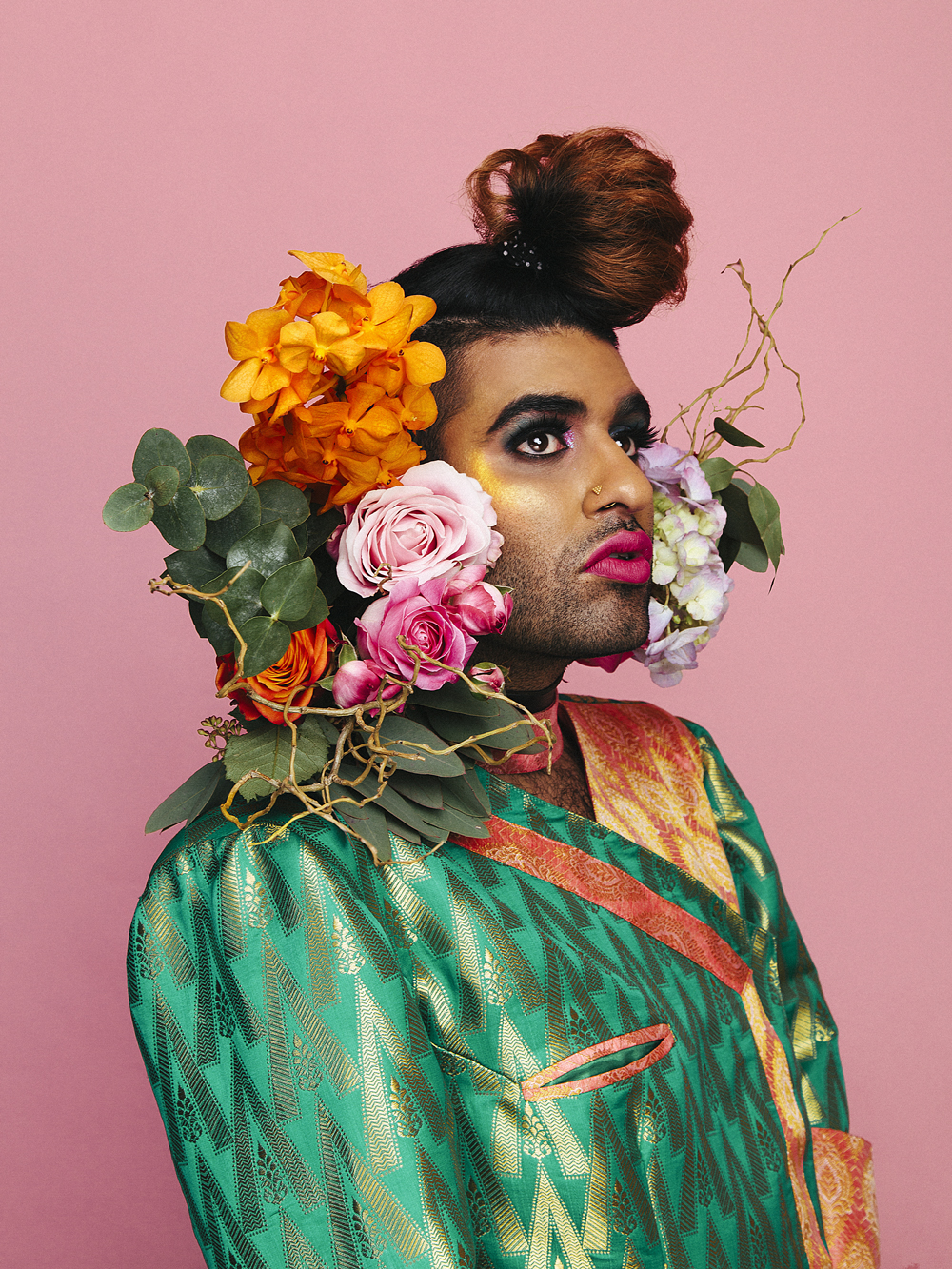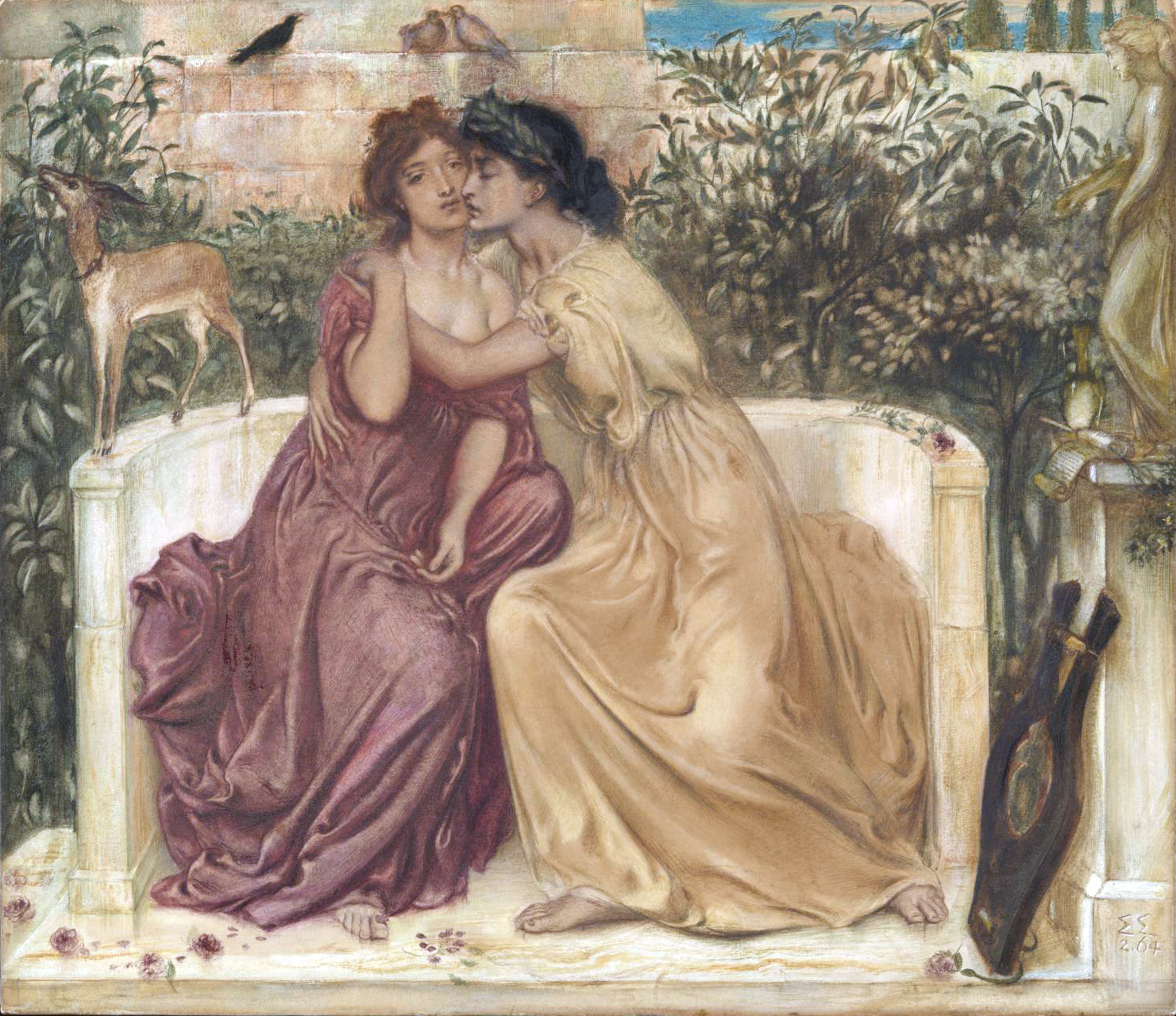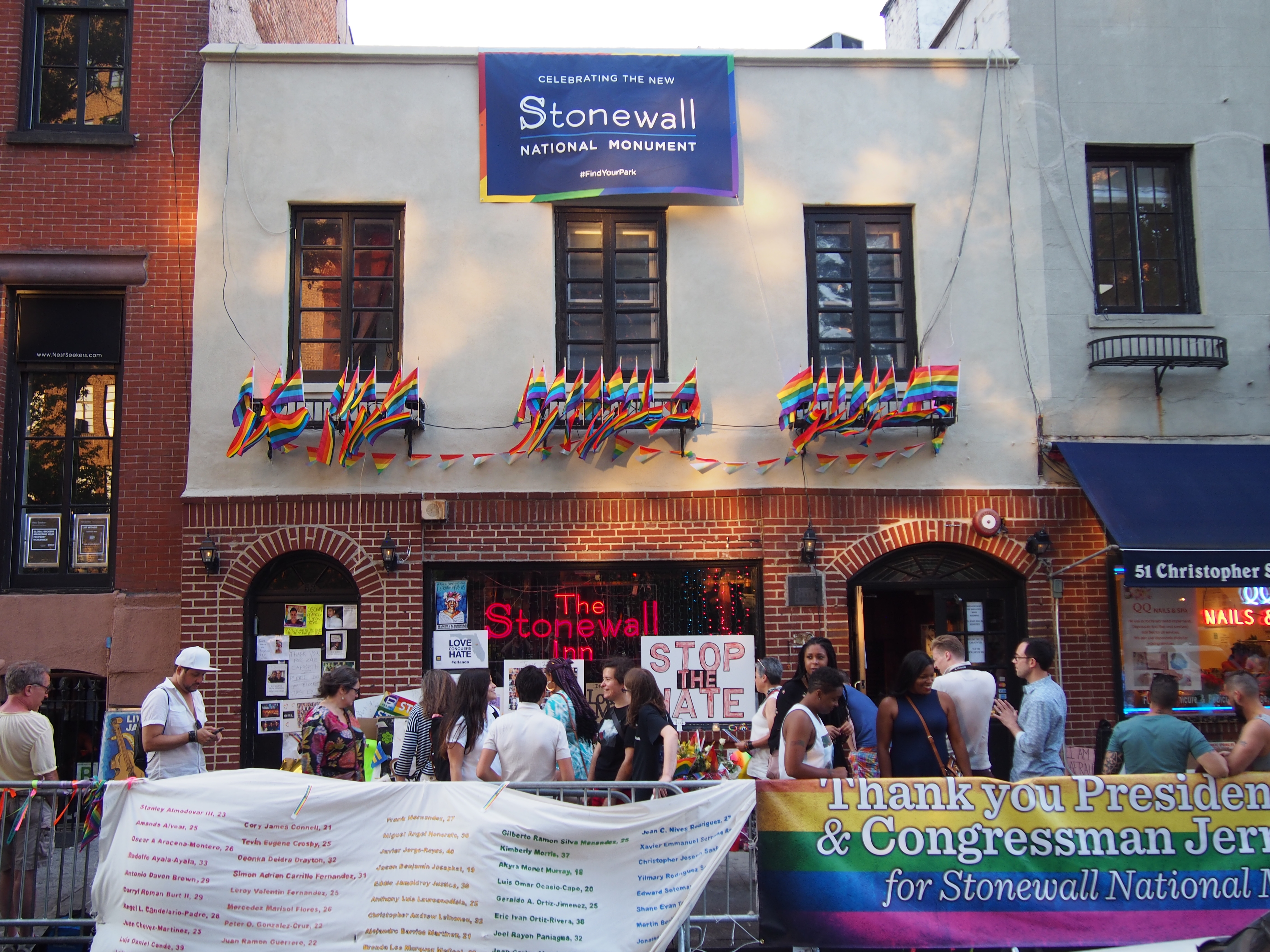|
Two-spirit
''Two-spirit'' (also known as ''two spirit'' or occasionally ''twospirited'', or abbreviated as ''2S'' or ''2E'', especially in Canada) is a umbrella term used by some Indigenous North Americans to describe Native people who fulfill a traditional third-gender (or other gender-variant) social role in their communities. Coined in 1990 as a primarily ceremonial term promoting community recognition, in recent years more individuals have taken to self-identifying as two-spirit. Two-spirit, as a term and concept, is neither used nor accepted universally in Native American cultures. Indigenous cultures that have traditional roles for gender-nonconforming people have names in their own Indigenous languages for these people and the roles they fill in their communities. The initial intent in coining the term was to differentiate Indigenous concepts of gender and sexuality from those of non-Native lesbians and gays and to replace the pejorative anthropological terms that were stil ... [...More Info...] [...Related Items...] OR: [Wikipedia] [Google] [Baidu] |
Third-gender
Third gender or third sex is an identity recognizing individuals categorized, either by themselves or by society, as neither a man nor a woman. Many gender systems around the world include three or more genders, deriving the concept either from the traditional, historical recognition of such individuals or from its modern development in the LGBTQ+ community, which can include third gender people as a non-binary identity. The term ''third'' is usually understood to mean "other", though some societies use the concept to encompass fourth and fifthGraham, Sharyn (2001)Sulawesi's fifth gender, Inside Indonesia, April–June 2001. genders. The state of personally identifying as, or being identified by society as, a man, a woman, or other is usually also defined by the individual's gender identity and gender role in the particular culture in which they live. Most cultures use a gender binary, having two genders (boys/men and girls/women).Kevin L. Nadal, ''The SAGE Encyclopedia of Psyc ... [...More Info...] [...Related Items...] OR: [Wikipedia] [Google] [Baidu] |
Gender-variant
Gender nonconformity or gender variance is gender expression by an individual whose behavior, mannerisms, and/or appearance does not match masculine or feminine gender norms. A person can be gender-nonconforming regardless of their gender identity, for example, transgender, non-binary, or cisgender. Transgender adults who appear gender-nonconforming after transition are more likely to experience discrimination. Terminology Terms to describe gender variance include ''gender-variant'', ''gender-nonconforming'', ''gender-diverse,'' and ''gender-atypical''. The terms gender variance and gender-variant are used by scholars of psychology, psychiatry, anthropology, and gender studies, as well as advocacy groups of gender-variant people themselves. The term gender-variant is deliberately broad, encompassing such specific terms as ''transsexual'', ''butch'' and ''femme'', ''queen'', ''sissy'', tomboy, ''tomboy'', Effeminacy, ''femboy'', Travesti (gender identity), ''travesti'', ... [...More Info...] [...Related Items...] OR: [Wikipedia] [Google] [Baidu] |
Gender
Gender is the range of social, psychological, cultural, and behavioral aspects of being a man (or boy), woman (or girl), or third gender. Although gender often corresponds to sex, a transgender person may identify with a gender other than their sex assigned at birth. Most cultures use a gender binary, in which gender is divided into two categories, and people are considered part of one or the other;Kevin L. Nadal, ''The Sage Encyclopedia of Psychology and Gender'' (2017, ), p. 401: "Most cultures currently construct their societies based on the understanding of gender binary—the two gender categorizations (male and female). Such societies divide their population based on biological sex assigned to individuals at birth to begin the process of gender socialization." those who are outside these groups may fall under the umbrella term '' non-binary''. Some societies have ''third genders'' (and ''fourth genders'', etc.) such as the hijras of South Asia and two-spirit per ... [...More Info...] [...Related Items...] OR: [Wikipedia] [Google] [Baidu] |
Transgender
A transgender (often shortened to trans) person has a gender identity different from that typically associated with the sex they were sex assignment, assigned at birth. The opposite of ''transgender'' is ''cisgender'', which describes persons whose gender identity matches their assigned sex. Often, transgender people desire medical assistance to Gender transition, medically transition from one sex to another; those who do may identify as transsexual.. "The term ''transsexual'' was introduced by Cauldwell (1949) and popularized by Harry Benjamin (1966) [...]. The term ''transgender'' was coined by John Oliven (1965) and popularized by various transgender people who pioneered the concept and practice of transgenderism. It is sometimes said that Virginia Prince (1976) popularized the term, but history shows that many transgender people advocated the use of this term much more than Prince." Referencing .. "The use of terminology by transsexual individuals to self-identify varies ... [...More Info...] [...Related Items...] OR: [Wikipedia] [Google] [Baidu] |
Lesbian
A lesbian is a homosexual woman or girl. The word is also used for women in relation to their sexual identity or sexual behavior, regardless of sexual orientation, or as an adjective to characterize or associate nouns with female homosexuality or same-sex attraction. Relatively little in history was documented to describe female homosexuality, though the earliest mentions date to at least the 500s BC. When early sexologists in the late 19th century began to categorize and describe homosexual behavior, hampered by a lack of knowledge about homosexuality or women's sexuality, they distinguished lesbians as women who did not adhere to female gender roles. They classified them as mentally ill—a designation which has been reversed since the late 20th century in the global scientific community. Women in homosexual relationships in Europe and the United States responded to the discrimination and repression either by hiding their personal lives, or accepting the label of outcast ... [...More Info...] [...Related Items...] OR: [Wikipedia] [Google] [Baidu] |
Cheslatta Carrier Nation
The Cheslatta Carrier Nation or Cheslatta T'En (pronounced chez-la-ta), of the Dakelh (pronounced ) or Carrier people (Ta-cullies, meaning "people who go upon water" is a First Nation of the Nechako River at the headwaters of the Fraser River. The Nechako (/nəˈtʃækoʊ/) River was once the greatest tributary of the Fraser River, and the watershed was used by the Carrier people. For centuries the Cheslatta T'en hunted, fished and trapped there and were part of an ancient trade network called the Grease Trail. The grease was actually eulachon oil.In the opening session of the Goldthorpe Inquiry into abuses in the Indian health system, in March 1980 in Alert Bay, seven elders ranging in age from 69 to 91 spoke at length of the healing qualities of traditional foods and herbs. In particular they "owed their survival to drinking oolachan oil" from the oolichan, or candlefish, a fatty Pacific coast smelt. The oil was a highly prized commodity grease trail and was carried in bent ... [...More Info...] [...Related Items...] OR: [Wikipedia] [Google] [Baidu] |
Gender Roles
A gender role, or sex role, is a social norm deemed appropriate or desirable for individuals based on their gender or sex. Gender roles are usually centered on conceptions of masculinity and femininity. The specifics regarding these gendered expectations may vary among cultures, while other characteristics may be common throughout a range of cultures. In addition, gender roles (and perceived gender roles) vary based on a person's race or ethnicity. Gender roles influence a wide range of human behavior, often including the clothing a person chooses to wear, the profession a person pursues, manner of approach to things, the personal relationships a person enters, and how they behave within those relationships. Although gender roles have evolved and expanded, they traditionally keep women in the "private" sphere, and men in the "public" sphere. Various groups, most notably feminist movements, have led efforts to change aspects of prevailing gender roles that they believe ... [...More Info...] [...Related Items...] OR: [Wikipedia] [Google] [Baidu] |
Red Cliff Ojibwe
Red Cliff Band of Lake Superior Chippewa () is a band of Ojibwe Native Americans. The Red Cliff Band is located on the Red Cliff Indian Reservation, on Lake Superior in Bayfield County, Wisconsin. Red Cliff, Wisconsin, is the administrative center. Red Cliff is notable for being the band closest to the spiritual center of the Ojibwe nation, Madeline Island. As of November 2010, there were 5,312 enrolled members, with about half living on the reservation and the rest living in the city of Bayfield, Wisconsin, Bayfield or the Belanger Settlement. History The Red Cliff Band is one of the successors of the Lake Superior Chippewa the group of Ojibwe that moved west along the south shore of Lake Superior from Sault Ste. Marie, Michigan, Sault Ste. Marie. According to tradition, the Ojibwe came from the Atlantic coast via several stopping places to Chequamegon Bay directed by the Great Spirit to find the "food that grows on water" (wild rice). Madeline Island represented the final ... [...More Info...] [...Related Items...] OR: [Wikipedia] [Google] [Baidu] |
LGBTQ
LGBTQ people are individuals who are lesbian, Gay men, gay, bisexual, transgender, queer, or questioning (sexuality and gender), questioning. Many variants of the initialism are used; LGBTQIA+ people incorporates intersex, Asexuality, asexual, Aromanticism, aromantic, agender, and other individuals. The group is generally conceived as broadly encompassing all individuals who are part of a Sexual and gender minorities, sexual or gender minority, including all Sexual orientation, sexual orientations, romantic orientations, gender identities, and sex characteristics that are Non-heterosexual, not heterosexual, heteroromantic, cisgender, or endosex, respectively. Scope and terminology A broad array of sexual and gender minority identities are usually included in who is considered LGBTQ. The term ''gender, sexual, and romantic minorities'' is sometimes used as an alternative umbrella term for this group. Groups that make up the larger group of LGBTQ people include: * People with a ... [...More Info...] [...Related Items...] OR: [Wikipedia] [Google] [Baidu] |




